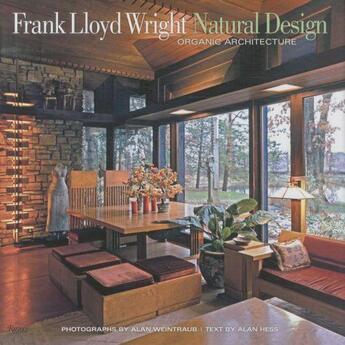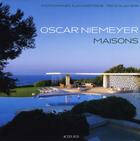-
Date de parution : 19/01/2013
-
Editeur :
Rizzoli
-
EAN : 9780847837960
-
Série :
(-)
-
Support :
Papier
Résumé:
An unsung prophet of today's green movement in architecture, Frank Lloyd Wright was an innovator of eco-sensitive design generations ahead of his time. An architect and designer of far-reaching vision, it is not surprising that Frank Lloyd Wright anticipated many of the hallmarks of today's... Voir plus
An unsung prophet of today's green movement in architecture, Frank Lloyd Wright was an innovator of eco-sensitive design generations ahead of his time. An architect and designer of far-reaching vision, it is not surprising that Frank Lloyd Wright anticipated many of the hallmarks of today's green movement. Across his work--which stands upon a philosophy Wright termed "organic"--widespread evidence is seen of a refined sensitivity to environment, to social organization as impacted by buildings, and to sustainable and sensible use of space. The desire to work and live with nature to create livable homes and cities is an ongoing theme of American architecture and planning. This book explores Wright's lessons on how climate, sustainability, sunlight, modern technology, local materials, and passive environmental controls can become the inspiration for excellent design, and highlights a selection of Wright's buildings to show how he dealt with these issues. The book is organized by the green concepts Wright used--including passive solar design and the use of thermal massing, passive berm insulation, environmentally sensitive landscaping, passive ventilation systems, passive natural light, and intelligent and artful adaptation of technology--with examples from different houses. It shows how Wright evolved certain ideas that continue to spur discussions of green architecture design today.
Donner votre avis









